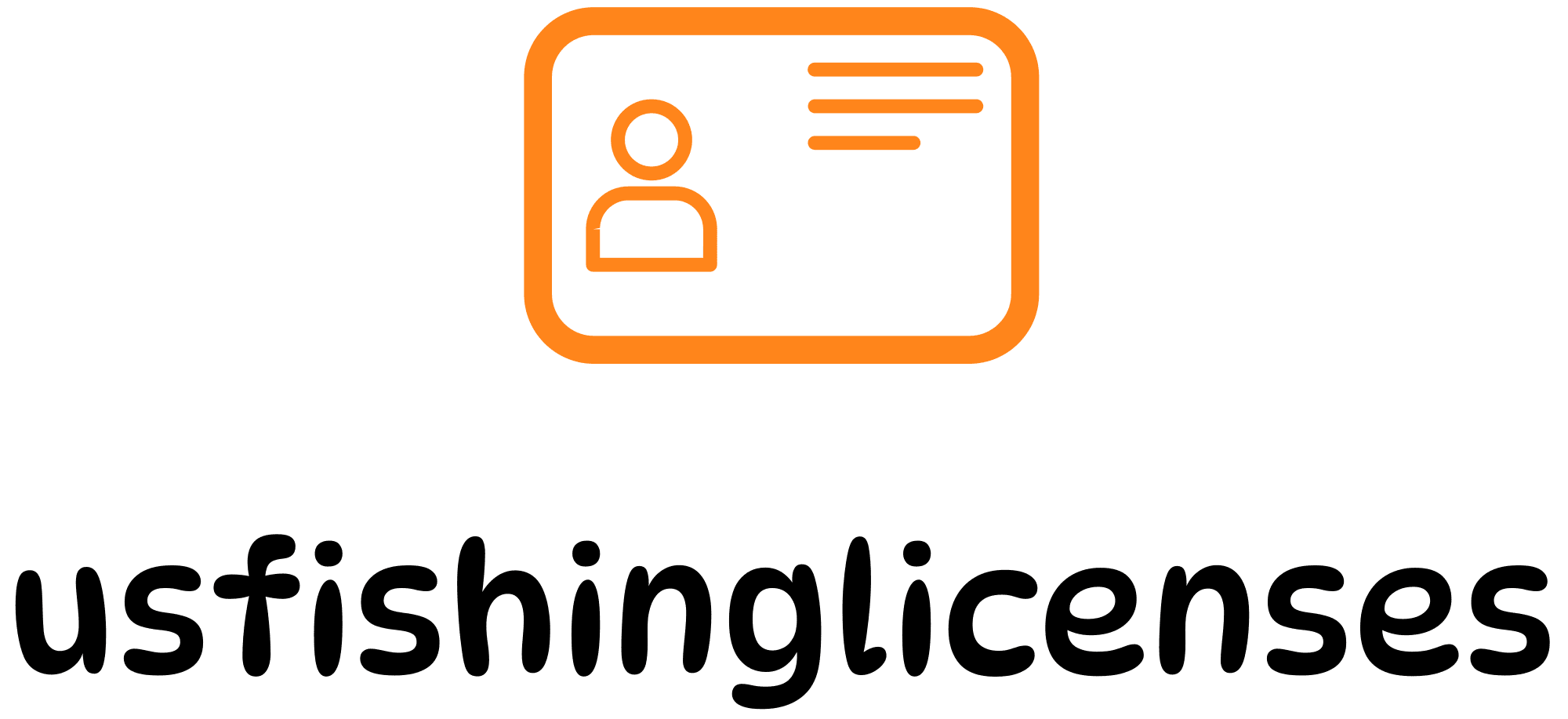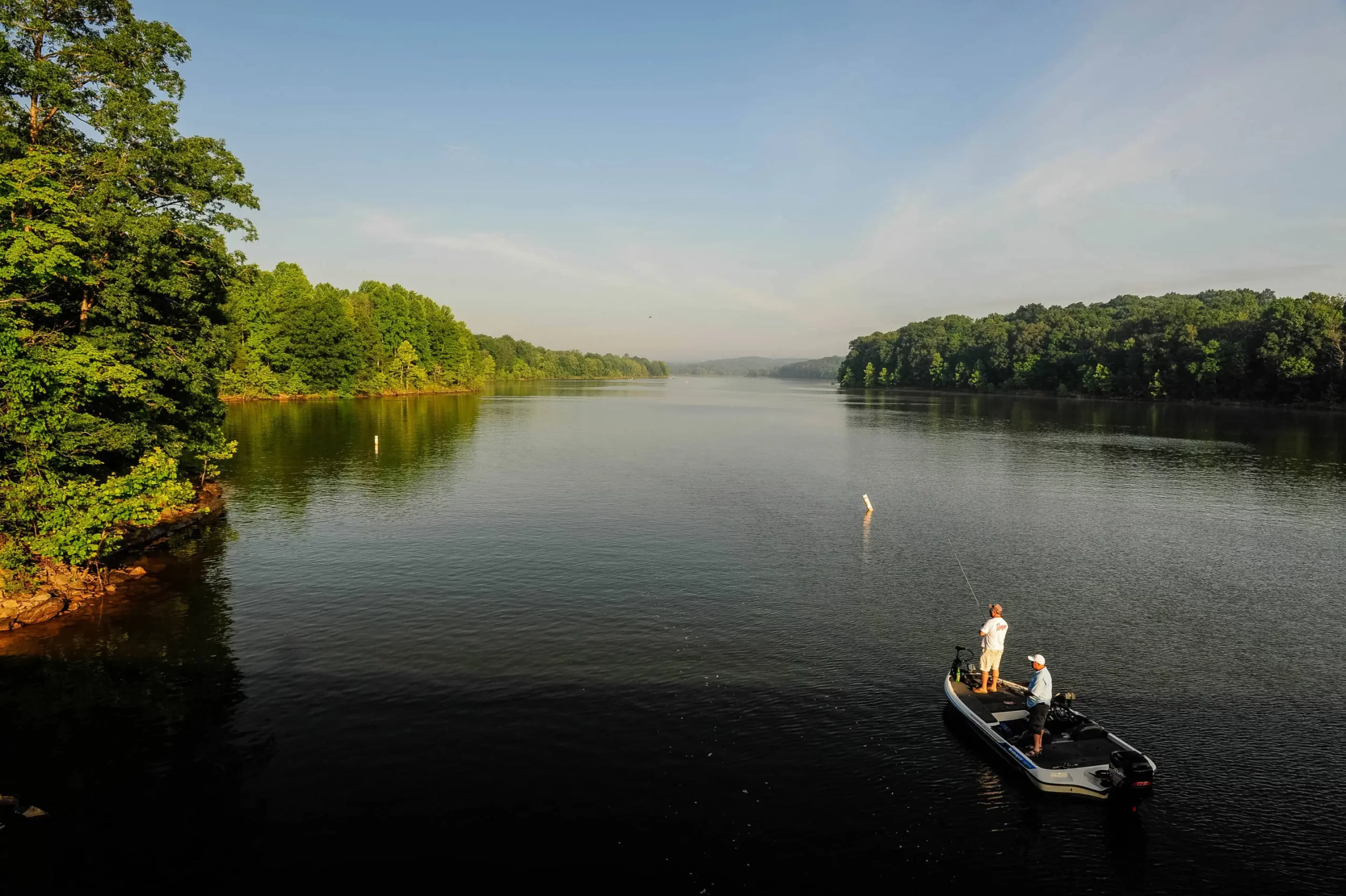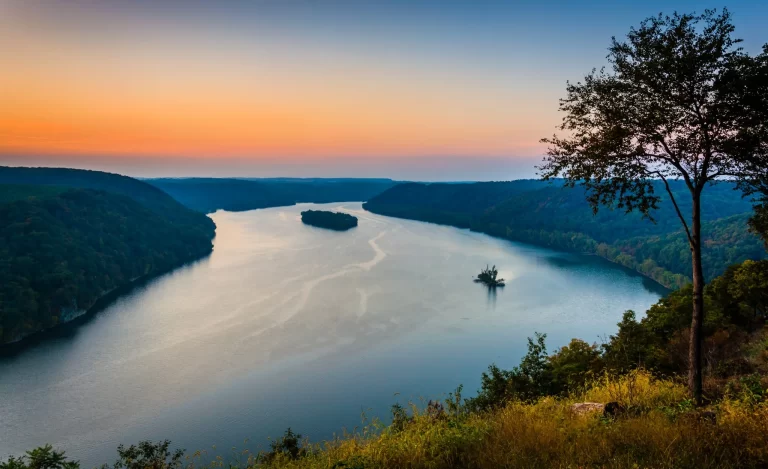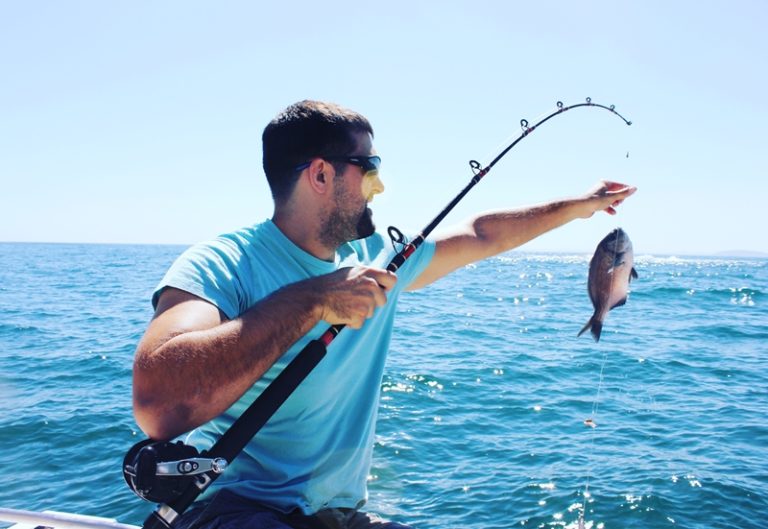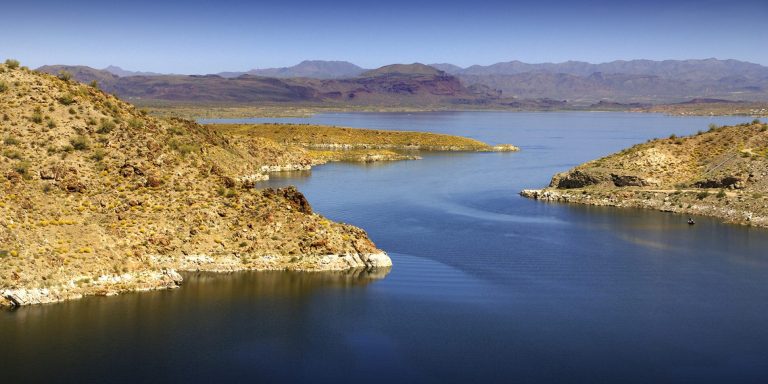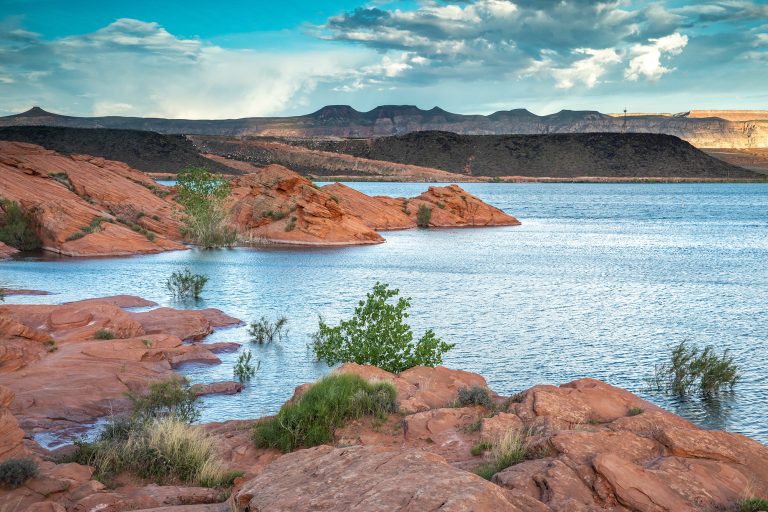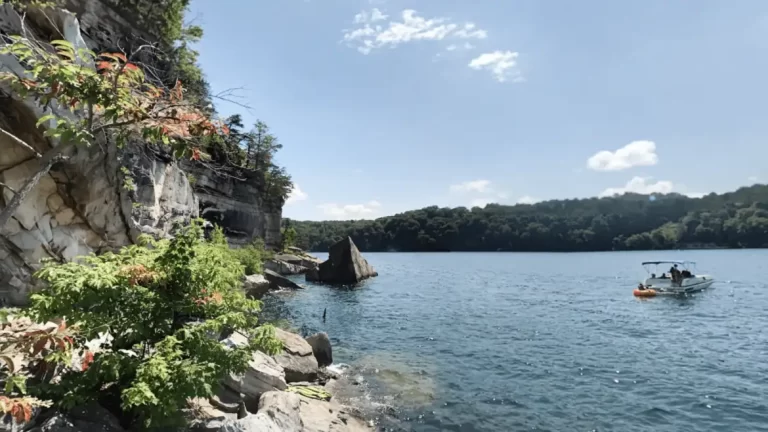Indiana may not be the first state that comes to mind when thinking of prime fishing destinations, but the Hoosier State offers a wealth of excellent angling opportunities. From the vast waters of Lake Michigan to the winding rivers and serene lakes, Indiana boasts a diverse array of fishing spots that cater to anglers of all skill levels.
In this ultimate guide, we’ll explore the top fishing locations in Indiana, highlighting the species you can expect to catch, insider tips, and everything you need to know for an unforgettable fishing adventure.
Key Highlights:
- Lake Michigan offers world-class salmon, trout, bass, perch, and walleye fishing
- Patoka Lake is a bass angler’s paradise, renowned for trophy largemouth bass
- Brookville Lake is a multispecies hotspot, famous for its exceptional walleye
- Sugar Creek is a scenic stream perfect for fly fishing and catching smallmouth bass
- Monroe Lake is a 10,750-acre reservoir teeming with largemouth bass, crappie, and bluegill
- Indiana’s rivers, like the White River, offer excellent opportunities for bass and catfish
Lake Michigan
Stretching along Indiana’s northern border, Lake Michigan is a true angler’s paradise. This Great Lake offers a wide variety of fish species, including salmon, trout, bass, perch, and walleye. The Indiana Dunes National Park provides excellent access to the lake, with several fishing piers and breakwaters.

Top Spots: The Portage Lakefront and Riverwalk, featuring a 900-foot breakwater and a fishing pier, is a popular spot. Anglers can also try their luck from the shores of the Little Calumet River, known for its steelhead and salmon runs.
Insider Tip: Consider hiring a charter service for a guided fishing excursion on Lake Michigan. Experienced captains can take you to the best fishing grounds and provide valuable insights on techniques and lures.
Patoka Lake
Located in southern Indiana, Patoka Lake is a bass angler’s dream. This 8,800-acre reservoir is renowned for its trophy largemouth bass, with fish weighing over 6 pounds being caught regularly. The lake’s numerous coves, standing timber, and weed beds provide ample cover for bass to thrive.

Top Spots: The Patoka River Arm and the Painters Creek area are particularly productive spots during the spring and fall seasons.
Insider Tip: Patoka Lake is also an excellent destination for striped bass and hybrid striped bass (wipers) fishing. Trolling with shad imitations is a popular technique during the summer months.
Brookville Lake
Situated in southeastern Indiana, Brookville Lake is a multispecies fishing hotspot. This 5,260-acre reservoir is known for its exceptional walleye fishing, with the Indiana Department of Natural Resources using it as a broodstock source for statewide walleye stocking.

Top Spots: The Fairfield Causeway area and the Wolf Creek and Templeton arms are prime walleye spots during the spring and fall seasons.
Insider Tip: Don’t miss the Brookville Tailwater, a section of the East Fork Whitewater River below the dam, which offers some of the best trout fishing in Indiana. Fly fishing with nymphs and streamers is a popular technique here.
Sugar Creek
For those seeking a more serene and scenic fishing experience, Sugar Creek is a hidden gem. This picturesque stream meanders through the heart of Indiana, offering excellent opportunities for catching smallmouth bass, rock bass, and various sunfish species.
Top Spot: The stretch near Turkey Run State Park is particularly popular among fly anglers, who can cast their lines in the crystal-clear waters surrounded by stunning natural beauty.
Insider Tip: Sugar Creek is a catch-and-release stream, so be prepared to practice ethical angling practices and release your catches back into the water.
Monroe Lake
Located in southern Indiana, Monroe Lake is a 10,750-acre reservoir that offers a diverse array of fishing opportunities. This lake is known for its healthy populations of largemouth bass, crappie, bluegill, and catfish.
Top Spots: The lake’s numerous coves and inlets provide ample cover for fish to thrive, making it an excellent spot for both bank and boat anglers.
Insider Tip: During the winter months, Monroe Lake is a popular destination for ice fishing enthusiasts, who can target species like bluegill, crappie, and even trout through the ice.
White River
Flowing through central and southern Indiana, the White River is a prime destination for bass and catfish anglers. This winding river offers numerous access points and fishing opportunities throughout its course.
Top Spots: In the northern part of the city, the stretch from Forest Park to Hazel Dell Landing is renowned for its smallmouth bass fishing. Downtown Indianapolis parks like Broad Ripple Park, Marott Park, and Holliday Park also provide excellent access to the river.
Insider Tip: As you move towards the center and southern parts of the city, you’ll find opportunities to catch smallmouth, largemouth, and spotted bass, as well as catfish.
Additional Notable Fishing Spots
- Geist Reservoir: Known for wide-mouth bass, crappie, channel catfish, and panfish. Boat launch fees are higher than other locations.
- Eagle Creek Reservoir: Low boat launch fees and excellent fishing for various species, including bass and catfish.
- Tippecanoe River: A prime destination for bass and northern pike fishing, particularly the stretch below Winamac.
- Eel River: Offers excellent smallmouth bass and carp fishing with relatively low fishing pressure.
- Ferdinand Lake: A small lake in Ferdinand State Forest, known for its big bluegill and primitive camping opportunities.
These are just a few of the many incredible fishing spots that Indiana has to offer. Whether you’re a seasoned angler or a beginner, the Hoosier State promises a wealth of opportunities to reel in your next big catch.
Preparing for Your Indiana Fishing Adventure
Before embarking on your fishing adventure in Indiana, there are a few essential steps to take:
- Obtain a Fishing License: All anglers aged 18 and older are required to have a valid Indiana fishing license. Licenses can be purchased online, at various retailers, or through the Indiana Department of Natural Resources (DNR) website www.in.gov/dnr.
- Review Regulations: Familiarize yourself with the state’s fishing regulations, including size and bag limits, seasonal restrictions, and any special regulations for specific water bodies. The Indiana Fishing Regulation Guide is available on the DNR website www.in.gov/dnr/fish-and-wildlife/fishing/regulations/.
- Check Fish Consumption Advisories: The Indiana State Department of Health issues Fish Consumption Advisories to help anglers determine if the fish they catch are safe to eat based on the body of water and species. These advisories can be found on the DNR website www.in.gov/dnr/fish-and-wildlife/fishing/fish-consumption-advisory/.
- Plan Your Trip: Research your desired fishing spots, check for any special permits or fees required, and plan your route accordingly. The DNR’s Where to Fish Interactive Map www.in.gov/dnr/fish-and-wildlife/fishing/where-to-fish-interactive-map/ is an excellent resource for locating public access sites, fish consumption advisories, and low-head dam locations.
- Gear Up: Ensure you have the appropriate fishing gear, including rods, reels, lures, bait, and tackle boxes. Don’t forget essential items like sunscreen, insect repellent, and a first-aid kit.
- Consider Hiring a Guide: For those new to fishing in Indiana or looking to maximize their chances of success, hiring a professional fishing guide can be a worthwhile investment. Guides have extensive knowledge of the local waters, techniques, and hotspots, increasing your chances of landing that trophy catch.
By following these steps and being prepared, you’ll be well on your way to enjoying an unforgettable fishing experience in the Hoosier State.
Sustainable Fishing and Conservation Efforts
Indiana’s fishing opportunities are made possible through the efforts of conservation organizations and the responsible management of natural resources. As anglers, it’s essential to practice sustainable fishing and support conservation initiatives to ensure these resources remain available for future generations.
One way to contribute to these efforts is through the purchase of fishing licenses. A portion of the revenue generated from license sales goes directly towards funding various conservation programs, habitat restoration projects, and public access initiatives.
Additionally, many organizations, such as Trout Unlimited and Bass Anglers Sportsman Society (B.A.S.S.), actively work to protect and enhance fishing habitats throughout the state. By supporting these organizations through membership or donations, you can play a role in preserving Indiana’s rich fishing heritage.
Practicing ethical angling practices is also crucial for sustainable fishing. This includes adhering to size and bag limits, properly handling and releasing fish, and minimizing your impact on the environment. By being responsible stewards of the resource, we can ensure that Indiana’s fishing spots remain healthy and thriving for years to come.
Conclusion
Indiana may not be the first destination that comes to mind for avid anglers, but the Hoosier State offers a diverse array of fishing opportunities that cater to all skill levels and preferences. From the world-class salmon and trout fishing on Lake Michigan to the trophy largemouth bass of Patoka Lake, and the serene fly fishing streams like Sugar Creek, Indiana has something to offer every angler.
By exploring the top fishing spots highlighted in this guide, obtaining the necessary licenses and permits, and practicing sustainable fishing practices, you’ll be well on your way to creating unforgettable memories on the water. So, grab your gear, pack your tackle box, and get ready to experience the best fishing spots that Indiana has to offer in 2025 and beyond.
